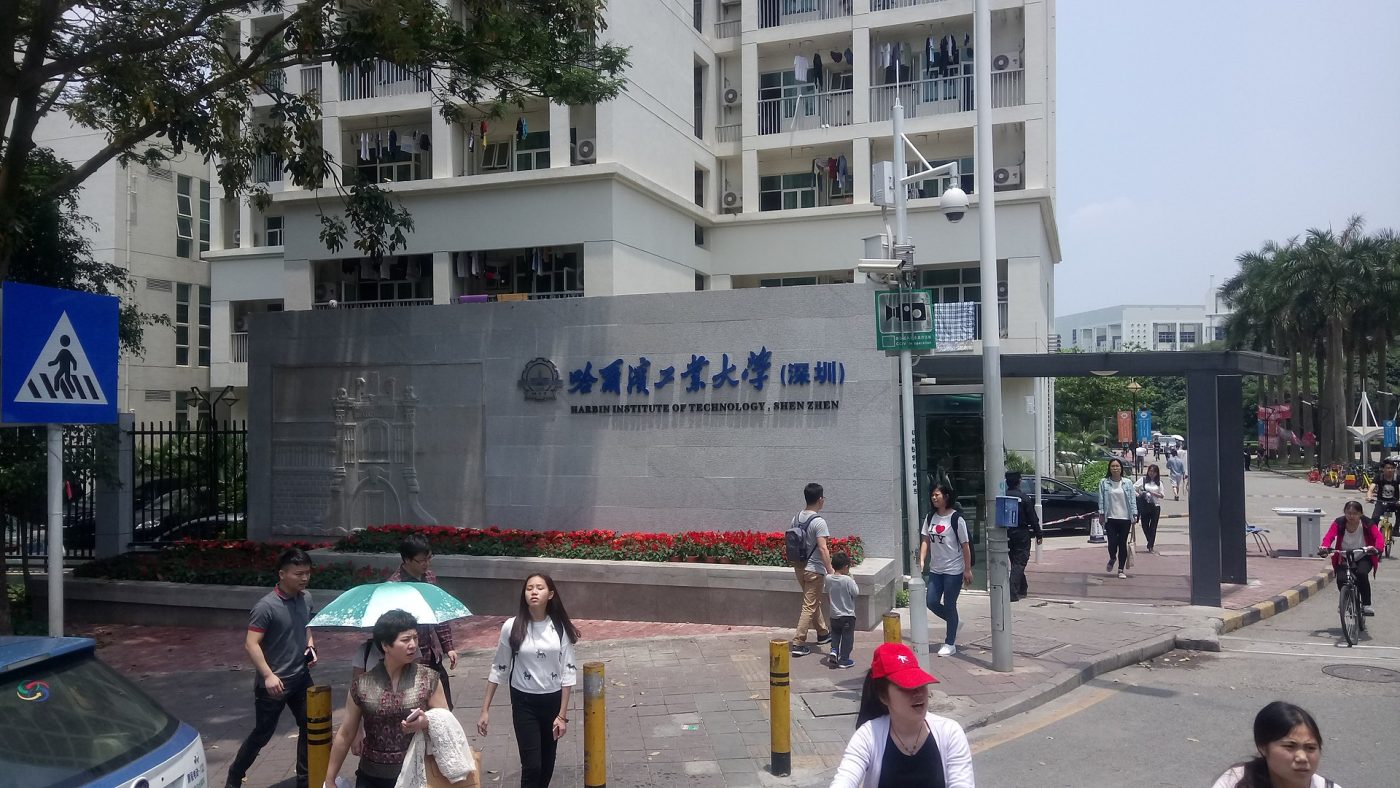YETRAC
Harbin Institute of Technology (HIT): Shaping the Future in Science and Engineering
Harbin Institute of Technology (HIT): Shaping the Future in Science and Engineering
Harbin Institute of Technology (HIT), also known as 哈尔滨工业大学, is a distinguished public university with a focus on science and engineering, situated in Harbin, Heilongjiang, China. HIT’s rich history dates back to its establishment in 1920 when it was founded as the Harbin Sino-Russia Industrial School. Over the years, it has evolved into a prestigious institution known for its academic excellence and cutting-edge research.
Motto: Rigor and Mastery
HIT’s motto, “规格严格,功夫到家,” translates to “Rigor and Mastery” in English, reflecting the university’s commitment to upholding high standards in education and nurturing expertise in various fields.
Campuses
HIT boasts a multi-campus structure, with three strategically located campuses across China:
- Harbin Campus: Situated in Heilongjiang Province, this campus is renowned for its strengths in engineering, particularly in areas such as defense, aerospace, mechanical, civil, environmental, and material engineering.
- Weihai Campus: Located in Shandong Province, this campus focuses on science and technology, with specializations in marine science, chemistry, biotechnology, automotive, software, computer, and management.
- Shenzhen Campus: Collaborating with esteemed institutions like Peking University, Tsinghua University, and Hong Kong universities, the Shenzhen Campus is dedicated to research, applications, and production, positioning itself as a hub for innovation.
Affiliations
HIT is proud to be affiliated with several prestigious academic alliances and leagues, including the influential C9 League.
History
HIT’s history is marked by several key milestones, showcasing its enduring commitment to education and research:
- 1920: Establishment as the Harbin Sino-Russian School for Industry to educate railway engineers.
- 1938: Renamed as Harbin Institute of Technology, a name it retains to this day.
- 1949: Became one of the earliest institutions to train postgraduates in China.
- 1951: Approved by the central government to learn advanced techniques from the USSR.
- 1954: Established as one of China’s six national key universities.
- 1996: Designated as a first-class university under Project 211.
- 1998: Invited to join the Project 985 Club, which provides funding priority to leading research comprehensive universities in China.
- 2000: Merged with Harbin University of Architecture, forming the new Harbin Institute of Technology.
Academics
HIT operates on a year-round schedule, offering a wide range of programs and research opportunities. With 20 full-time schools, the university provides 73 undergraduate degree programs, 143 master’s programs, and 81 doctorate programs. While HIT predominantly focuses on science and engineering, several schools offer courses in humanities, social sciences, and management.
Notable Rankings
HIT consistently ranks among the top universities both nationally and internationally. Its strengths in engineering and technology are widely recognized.
- In the 2022 U.S. News & World Report, HIT was ranked 196th globally.
- Center for World University Rankings (CWUR) placed HIT at 184th in 2023.
- QS World University Rankings ranked HIT at 217th in 2023.
- Times Higher Education World Reputation Rankings listed HIT at 126th globally.
- In 2020, Academic Ranking of World Universities (ARWU) ranked HIT in the 101-150 band.
Research
Research is at the core of HIT’s mission. The university conducts research across a broad spectrum of disciplines, with a strong focus on engineering sciences. HIT is home to numerous research teams, state key laboratories, and national engineering laboratories, funded by esteemed organizations.
- Research Teams: HIT boasts a high-level research faculty with over 2,900 full-time teachers and researchers, including 41 academicians of the Chinese Academy of Sciences and the Chinese Academy of Engineering.
- Laboratories and Facilities: HIT currently has 7 State Key Laboratories and 3 National Engineering Laboratories, along with numerous key disciplines and key laboratories.
- Research Expenditures: The university’s emphasis on scientific research is evident in its consistent growth in research funding. In 2019, the total research expenditures reached approximately 1.07 billion USD.
Notable Faculty and Alumni
HIT has produced many accomplished individuals who have made significant contributions to academia, business, engineering, technology, politics, and other fields. Notable alumni include Li Shufu, chairman of Zhejiang Geely Holding Group, and Ma Xingrui, governor of Xinjiang and former vice president of HIT.
As one of China’s premier institutions, HIT continues to shape the nation’s scientific and technological landscape, providing a platform for academic excellence, innovation, and groundbreaking research in science and engineering.

